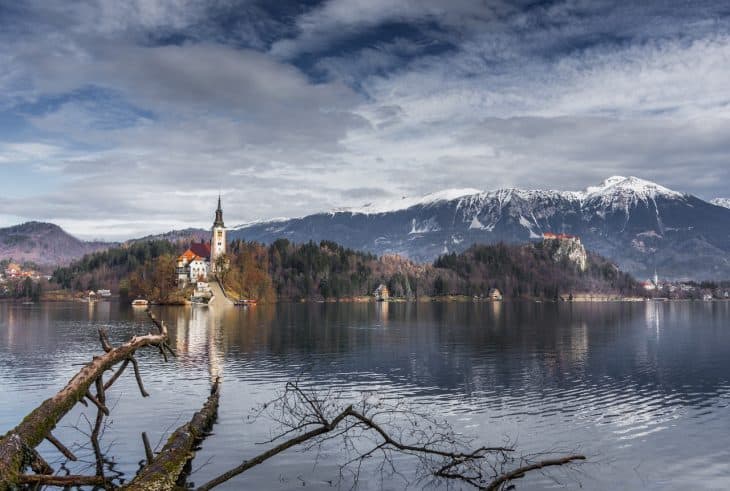
Famous for its volcanic activity, Iceland may be one of the most ironically-named countries in Europe. With its unique geology, Iceland’s peaceful scenery makes it a dream getaway for many. Despite being such a small country, Iceland makes a big impact on the world with its remarkable sights and ideal living conditions. Aside from its progressive feats, there’s still a lot to learn about this country. Find out more about the Land of Ice and Fire with these Iceland facts.
- The country of Iceland can be found in the Northern Atlantic.
- Its national anthem is called ‘Lofsongur’.
- Iceland has an approximate area of 103,000 km squared.
- Around 89% of Iceland’s population is Icelandic.
- Iceland is also considered a Nordic Island country.
- Iceland is considered the most sparsely populated country found in Europe.
- The largest city in Iceland is also its capital called Reykjavik.
- Iceland’s official language is called Icelandic.
- Christianity is the dominant religious practice in Iceland.
- People from Iceland are called Icelandic or an Icelander.
- The country is considered to be volcanically active.
- Many glacial rivers in Iceland flow to the sea through the lowlands.
- Iceland is mainly warmed by the Gulf Stream which has a temperate climate.
- As of 2019, its total GDP is $24 billion.
- The national parliament of Iceland is the Althing.
- Iceland is geologically active.
- As of 2020, Iceland has an estimated population of 364,000.
- Icelanders drive on the right side of the road.
- The calling code for Iceland is +354.
- Iceland ranks high in terms of economic, equality, and social stability.
Iceland Facts Infographics

Winter in Iceland is not as cold as you think.
While its name may suggest otherwise, Iceland isn’t too cold compared to other northern territories. During the majority of the year, Iceland experiences windy, cloudy, and cold weather. However, it’s cold winds mostly come from the North Pole which gives it its chilly climate.
Additionally, the ocean also tempers the country, which prevents it from being as cold as other northern territories. On average, Iceland experiences winters around 0°C to 2°C while the north pole has an average of -10°C.
The flag of Iceland became official in the year 1915.
Designed by Matthias Þórðarson, Iceland’s flag mainly features the colors blue, white, and red to represent the country. The blue color of the flag represents the mountains of Iceland, while the white color represents the ice and glaciers in the country.
Additionally, the red part of the flag represents fire, symbolizing the volcanic activity that occurs every few years in the country. First shown in a parade in 1897, Iceland officially adopted its flag in June 1915. At sea, the flag has been used since December 1918.
Iceland has no city with a population of over 1 million.
Because of Iceland’s low total population, no city in the country exceeds 1 million residents. The most populated city in Iceland is its capital city while other cities in Iceland all have populations under 100 thousand residents.
The least populated city in the country is called Borgames while the most populated city is Reykjavik.
Iceland has 7 different regions.
Throughout Iceland, its regions include Westfjords, West Iceland, the Capital Area, Reykjanes, South Iceland, North Iceland, and East Iceland. Each region of Iceland differs slightly from the other in terms of culture and terrain.
Iceland uses a currency called the Icelandic Krona.
Iceland is also the second smallest country in terms of population to have a currency as well as monetary policy of its own. The currency can also be referred to as the Icelandic crown.
This currency uses both banknotes and coins and is often mentioned when discussing topics regarding the financial market. As of September 2020, 1 USD is equivalent to around 138 Icelandic Krona.
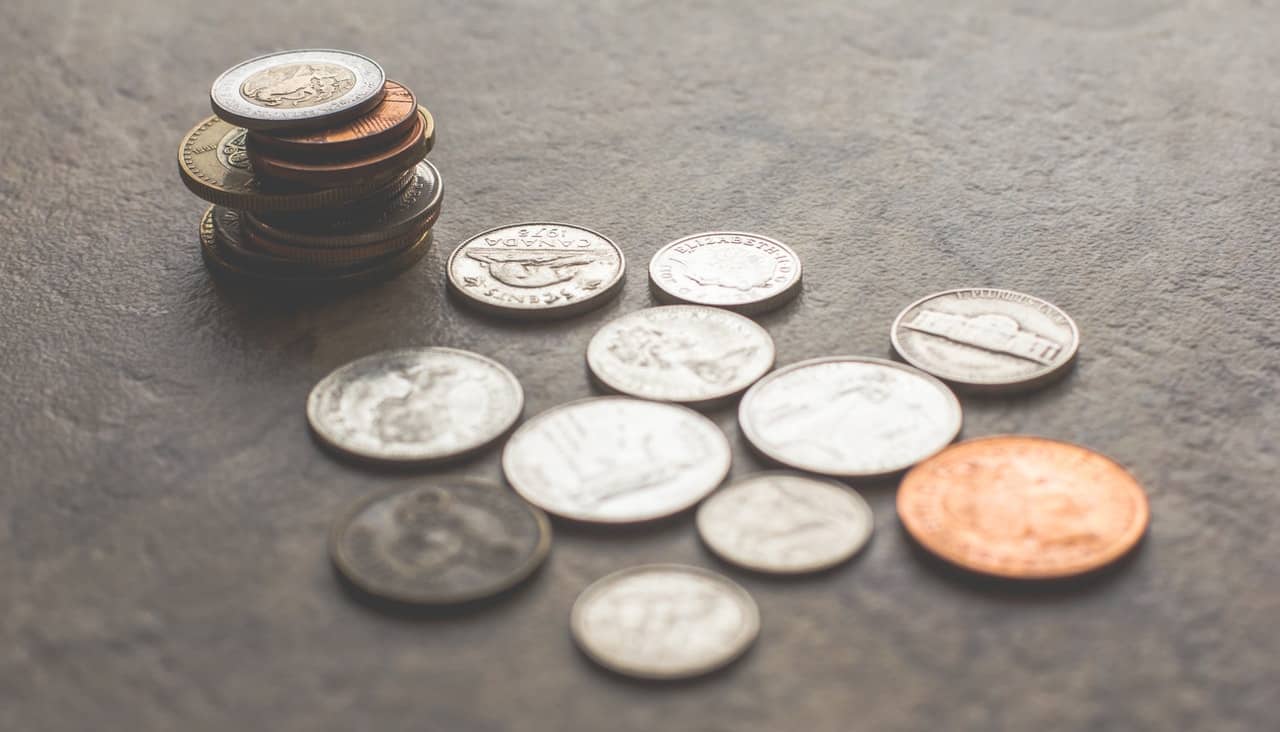
You can watch the Northern Lights in Iceland.
The Northern Lights can be seen in any part of Iceland from September until April the next year. However, this also depends on weather conditions for that day which may affect the visibility of the lights from the city.
Due to its longer and darker nights, the best time to see the Northern Lights lasts from December until January. Now there’s one of the Iceland facts you’d want to see for yourself.
Iceland has numerous hot springs.
The country of Iceland has over 45 different hot springs locations that allow both locals and tourists to swim and enjoy the water all year round. Aside from hot springs, Iceland also has around 200 available public swimming pools.
These hot springs are more commonly located between the two diverging tectonic plates in Iceland. These tectonic rifts make them closely involved with volcanic activity.
Iceland has a beach filled with only black sand.
The Black Beach can be found on the South Coast of Iceland called Reynisfjara. As the name suggests, the beach features a stunning view of black sand caused by volcanic ashes from previous eruptions.
During these volcanic eruptions, the molten lava makes contact with the seawater, causing a violent reaction. The lava rapidly cools down in the seawater which immediately breaks it down, turning it into debris and sand.
Elephant Rock is one of the most famous rock formations found in Iceland.
The Elephant Rock lies on the Westman Islands a few kilometers from the south coast of Iceland. This rock formation features a basalt rock formation in the shape of an elephant.
Many locals associate this rock formation with the legend of a mythical sea elephant petrified a long time ago. However, others believe that this rock formation comes from a volcano called Eldfell which has erupted numerous times for hundreds of years.
English counts as a second language in Iceland.
Because of this, a majority of Icelanders can speak fluent English. Some Icelanders can also speak numerous other languages such as Danish, French, German, and as well as Spanish.
Most Icelanders are also considered very open to learning other foreign languages, including sign language.

As a country, Iceland has a 99% literacy rate as of 2018.
The literacy rate refers to the percentage of the population above the age of 15 that can read and write. In 2018, Iceland’s literacy rate had a 0% increase from 2015, which makes Iceland one of the top countries with the highest literacy rates in the world. Definitely one of the more admirable Iceland facts.
Iceland ranks high among the healthiest people in the world.
As of 2019, Iceland ranks 3rd as the healthiest country in the world. Additionally, the life expectancy for men and women reached an average of 82 years old.
Further research shows that this high life expectancy is due to its clean environment and eating habits. Aside from these factors, Icelanders also have easy access to clean water and air which allows them to live healthier compared to other countries.
Iceland is also known as the land of fire and ice.
Iceland is named as such due to many of its islands being formed as a result of several volcanic eruptions over millions of years ago. The Ice part of this moniker also comes from the many glaciers that can be found in the country, which makes it one of the most intriguing aspects of Iceland.
This geology is also unique to Iceland as no other countries experience the same geological phenomena that Iceland does. How’s that for cool (or hot) Iceland facts?
Around 11% of Iceland is covered in glaciers.
Throughout the country, Iceland has approximately 269 named glaciers of nearly all types. These include icecaps, outlet glaciers, mountain glaciers, and as well as ice streams and cirque glaciers.
The largest ice glacier can be found in Vatnajokull, spanning an area of 8,300 square meters. These glaciers also greatly contribute to the economy of Iceland as tourist attractions.
The legal drinking age in Iceland is 20 years of age.
In terms of drinking laws, Iceland strictly practices these policies in drinking establishments and liquor shops. To enter clubs in Iceland, you also have to be 20 years of age and show proof of identification.
However, it’s important to note that some establishments don’t allow those under the age of 22 to enter clubs or consume alcohol. Compared to the rest of Europe, Iceland has one of the highest legal drinking ages.

More than 60% of Iceland’s population resides in the capital city.
As the northernmost capital city in the world, Reykjavik has a population of over 123,000 despite its small size. This is mainly due to the larger amount of jobs available in the capital city compared to other regions in Iceland.
There are also more services offered in the capital where the younger population lives. The majority of the elderly live outside of the capital cities in the care of doctors or their families.
The national sport of Iceland is called handball.
Iceland’s national handball team has been more successful over the years compared to other sports teams in the country. There are also more Icelanders that play handball internationally than other sports.
Handball is typically played with teams of two where the players throw and pass the ball using their hands and try to score points. The ball must not touch their feet, and the team with the most points at the end of the game counts as the winner.
Icelandic horses are the only breed of horses found in Iceland.
Despite their name, Icelandic horses also have a reputation worldwide. These breeds of horses typically work in traditional sheepherding in Iceland aside from the usual leisure and racing.
Originally taken to Iceland by Norse settlers during the 9th and 10th century, these horses have since been mentioned in several historical texts and records. Compared to other breeds, these horses are known for their heavy coats and two unique gaits.
Iceland has the longest working weeks in Europe.
On average, Icelanders work around 45 hours a week, making Iceland one of the most hardworking countries in Europe. Business hours in Iceland generally range from 9 am to 5 pm, but may switch to 8 am to 4 pm during the summer months.
Because of this, Icelanders also take longer vacation periods with some lasting up to four weeks long.
1 out of 10 Icelanders will publish a book in their lifetime.
One of the coolest Iceland facts is that it produces the most writers out of any other country in the world. Around 10% of Iceland’s population would publish a book during their lifetime due to how common publications are in Iceland.
There is also the Icelandic phrase ‘ad Ganga med bok I magnum,’ which means everyone gives birth to a book. This makes publishing in Iceland a thriving yet highly competitive industry.

Iceland was considered to be the last place on earth to be inhabited by humans.
Geologically, Iceland is still considered to be young and was not settled by humans until 874 AD. The first settler was known as Ingólfur Arnarson who settled in the city of Reykjavik.
Additionally, many of the first settlers in Iceland were considered small lords and kings from Norway. Historians state that these royalties settled in Iceland to flee from the tyranny of Harald the Fairhaired who wished to unify Norway under his command.
Iceland only has one forest.
Despite its unique geography, Hallormsstaðaskógur is the sole forest that can be found in the country of Iceland. This forest is also considered as the country’s national forest.
Since the year 1905, this landscape has been placed under a protected status due to other forests unable to grow back due to sheep grazing.
Iceland is also considered one of the most eco-friendly places on the planet.
The country of Iceland is considered the world’s largest green energy producer per capita. Iceland is also the first country in the world to adopt a regional waste treatment plan and recycling system.
This, in turn, allows Iceland to keep its environment clean and free of any pollutants.
In Iceland, babies are left outside to take naps.
It may sound like a parent’s nightmare, but it’s a common practice in Iceland to leave babies outside to nap. More often, these babies can be found left in streets, backyards, or on balconies.
This is because Icelanders boast of their ability to handle freezing weather well and raise their children to be able to handle the same temperatures as them. This practice is also observed in other European countries such as Sweden.
The Icelandic language remains unchanged from ancient Norse.
Dating back to the 9th century, Icelandic goes back to when the first settlement of Iceland occurred. The oldest preserved text written in Icelandic dates back to the year 1100 where it is considered to be greatly similar to the language of Ancient Norse.
Since then, the language system has not changed drastically which allows many to be able to easily read Ancient texts.
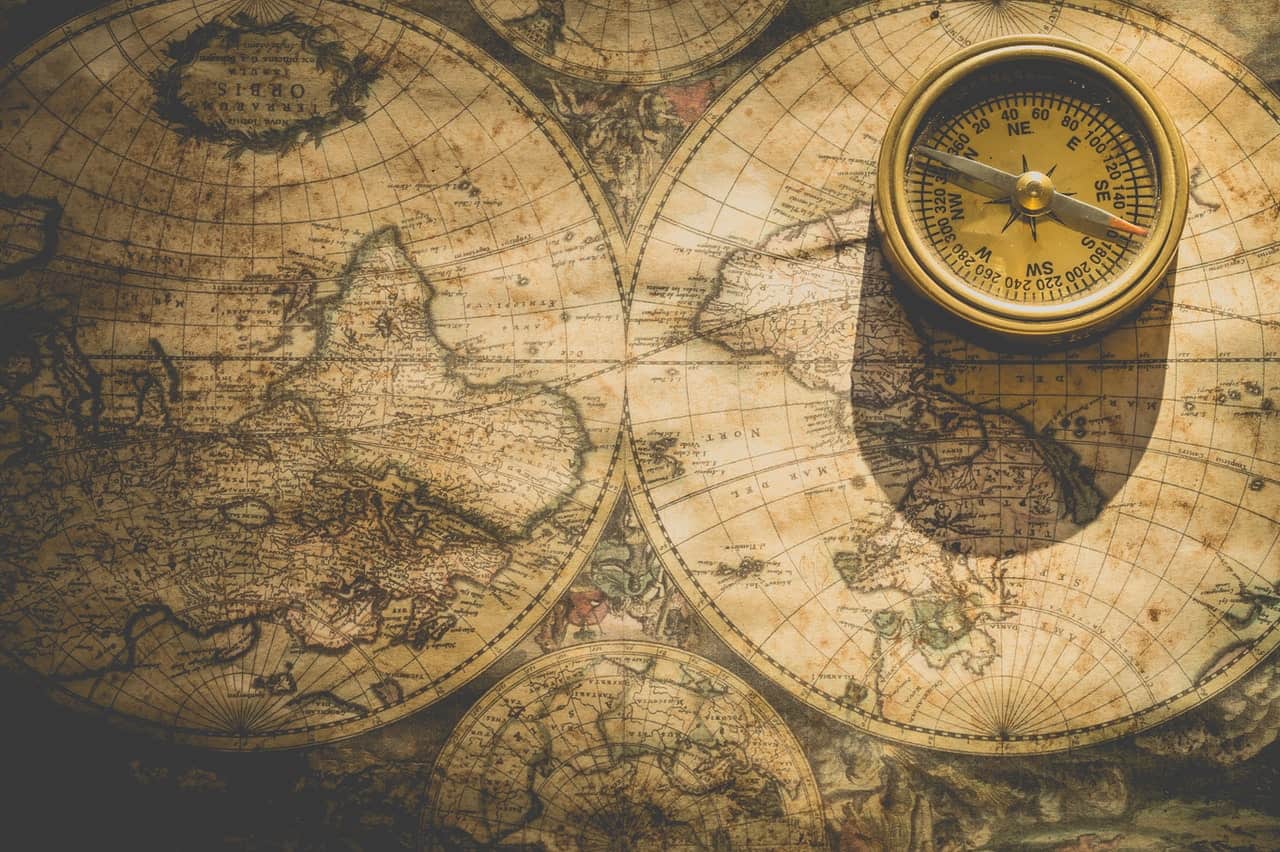
Iceland has several legends and stories that involve creatures like elves and trolls.
In Iceland, it is considered common for Icelanders to believe in Elves and other similar creatures. A 1988 survey once revealed that over 54% of Icelanders believe in the existence of Elves and trolls.
Additionally, a similar result also occurred when the survey was done again in the year 2000. How’s that for curious Iceland facts?
Icelanders do not use any family names or surnames.
Instead of using a family name or a surname, Icelanders make use of a patronymic or matronymic reference to themselves. An Icelander’s name will typically reflect their father or mother’s name.
Additionally, this name does not refer to one’s historical family lineage. This is similar to the naming system used by Vikings when they first settled in Iceland.
Until the year 1989, Iceland banned beer.
Before the year 1989, Iceland strictly prohibited beer. At the time, Iceland still fought to gain independence from Denmark. Since they associated beer with the Danish natives, Icelanders developed a distaste for the beverage.
It was only until March 1st in 1989 that Iceland legally allowed alcoholic beverages on a day now annually celebrated as Beer Day. On this day, several Icelanders would also drink non-stop, considering it the first step to becoming more civilized.
First names not used in Iceland must be approved by an Icelandic Naming Committee.
In Iceland, first names that have never been previously used in the country must be approved by the Icelandic Naming Committee for legal use. Some criteria for approval include only using letters found in the Icelandic alphabet and having only a few exceptions for this rule.
The name must also be able to fit with the Icelandic grammatical system as well. Additionally, names that are inappropriate for a certain gender were also banned until 2019 when the legislature allowed non-binary names to be used as well.
Coca-cola is considered incredibly popular in Iceland.
The country of Iceland is considered to be one of the biggest coca-cola drinking countries in the world. On average, Icelanders consume around 30 gallons of coca-cola per year and have the highest consumption rate per capita. How’s that for neat Iceland facts?
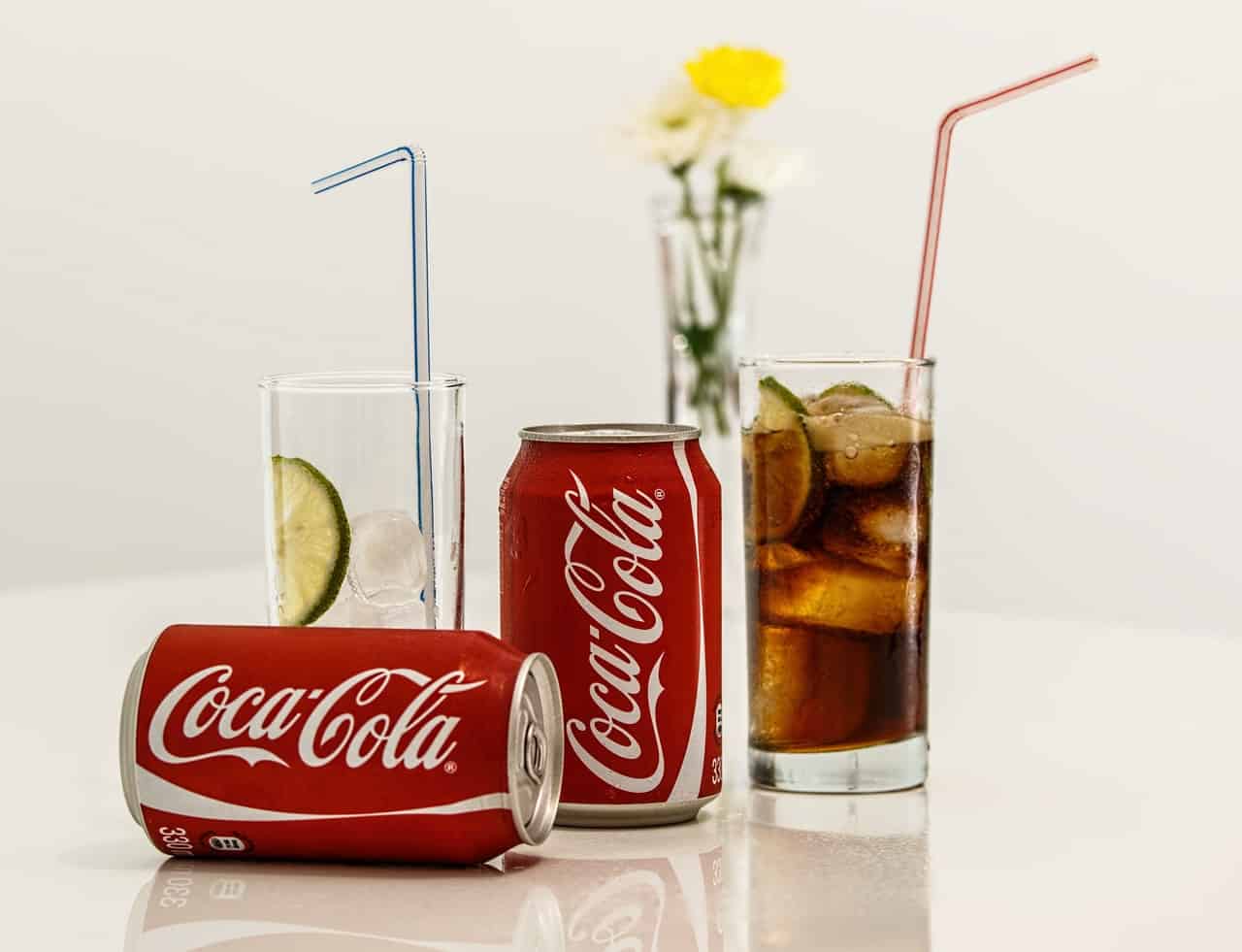
In 2010, strip clubs became banned in Iceland.
Considered one of the most feminist countries in the world, Iceland banned strip clubs to avoid any fronts of human trafficking and prostitution within the country.
This has caused Iceland to lead in terms of the women’s movement and recognizing women as equal citizens.
Icelanders watch more movies than any other nation in the world.
To Icelanders, the cinema plays an important role in their everyday lives compared to other Nordic nations. Iceland has more cinema seats per capita compared to other Nordic countries and also has one of the largest consumptions of Hollywood movies in the world outside of America.
In 2016, a survey analyzed the frequency of Icelanders in movie theaters and found that each Icelander watches a film around 4-6 times a week on average. More commonly, these films are also not dubbed unless they are intended for children.
Iceland had the first openly gay Prime Minister in the world.
Johanna Sigurdardottir is considered the world’s first openly gay prime minister and served in office for 4 years. She was considered popular amongst the general public and had good relations with the left-green movement in Iceland.
She was also one of the first women to opt for same-sex marriage in Iceland with Jónína Leósdóttir.
Owning pet snakes and turtles is illegal in Iceland.
Since the early 1990s, Iceland has imposed a ban on exotic pets to prevent possible outbreaks of diseases and their development. This was also done to keep isolated species such as the Icelandic horse from any type of foreign infections that may be introduced by these exotic animals.
There are no McDonald’s stores found in Iceland.
As of 2009, all McDonald’s franchisees have closed down in Iceland due to financial difficulties with the country. Since then, no McDonald’s stores could be found within the country anymore.

Iceland also does not have any mosquitoes.
Because of its weather conditions, mosquitoes are unable to survive in Iceland. However, despite this, over 1,300 other types of insects can survive the climate in Iceland with no difficulties.
Scientists state that they have yet to discover why mosquitoes are unable to breed in Iceland yet can do so in other continents such as Antarctica.
Police officers in Iceland do not carry firearms with them.
Iceland has one of the lowest crime rates in the world which allows police officers to do their jobs without the need for firearms. More commonly, the police in Iceland only carry extendable batons and pepper spray with them while on patrol.
Additionally, it is also legal for Icelanders to carry firearms with them. However, around 30 out of 100 residents will still carry firearms as a safety practice.
Around 85% of the energy in Iceland comes from renewable resources.
The majority of the energy supply in Iceland comes from renewable sources such as geothermal energy. Because of this, Iceland is considered a leader when it comes to renewable energy and continues to improve this over the years.
A large portion of the energy used by Icelanders also comes from hydro and wind energies that are stored into large generators and connected to major cities.
The telephone directories in Iceland list Icelanders alphabetically by their first names.
Due to Icelanders not having family names, their contacts are listed in the phone book according to their first names. Additionally, Iceland also has a small population under 500,000 populace which would make finding first names simpler than their patronymic names.
This is also done to reduce ambiguity when searching for a contact in a telephone directory. This listing also goes further by organizing these names according to professions in Iceland.
Iceland does not have any military forces.
The country of Iceland does not have a standing army. However, Iceland still maintains a military expeditionary peacekeeping force.
Coast guards and a police force are also established but rarely experience any kind of threat or disturbance within the country.

A famous delicacy in Iceland is a raw puffin heart.
In Iceland, there are various ways to consume this delicacy. Many recipes also call for a variety of sauces and gravies that further enhance the flavor of this bird.
The best part is considered to be the raw heart which many consider an uncommon delicacy. Many describe the taste similar to smoked pastrami or boiled liver.
Iceland gained independence in 1944.
On June 17th, 1944, Iceland officially achieved independence and assumed control over its foreign affairs. Gradually, Iceland continued to move towards their freedom from Denmark with the signing of the Act of Union.
This allowed Iceland to be recognized as an independent state under the Danish crown.
Iceland holds the largest glacier in Europe.
This glacier is named the Vatnajokull glacier and measures around 2110 meters tall. This glacier was named after a subglacial lake that is located in a volcanically active region where its center lies.
It is also considered the largest glacier found in all of Europe with an average thickness of 400 meters. This glacier also covers an area roughly measured between 8100 square kilometers to 8300 square kilometers.
Iceland has no animals that are considered dangerous to humans.
The country of Iceland is considered to be free of any large predators which would be harmful to humans. Instead, Iceland only has small domestic animals present in the country inducing minks, mice, reindeer, and wild rabbits.
Unlike colder countries such as Antarctica and Canada, Iceland also has no native bears in the country despite polar bears believed to be common in Iceland.
The sun never sets on Grimsey Island during the summer solstice.
During these seasons, this is referred to as the Midnight Sun. This is mainly due to Iceland’s proximity to the Arctic Circle, which allows the country to experience longer hours of sunlight than other locations.
The peak point of the midnight sun in Iceland is generally during or around the time of the summer solstice in June. However, from December until January, Iceland only experiences around 4-5 hours of sunlight per day.
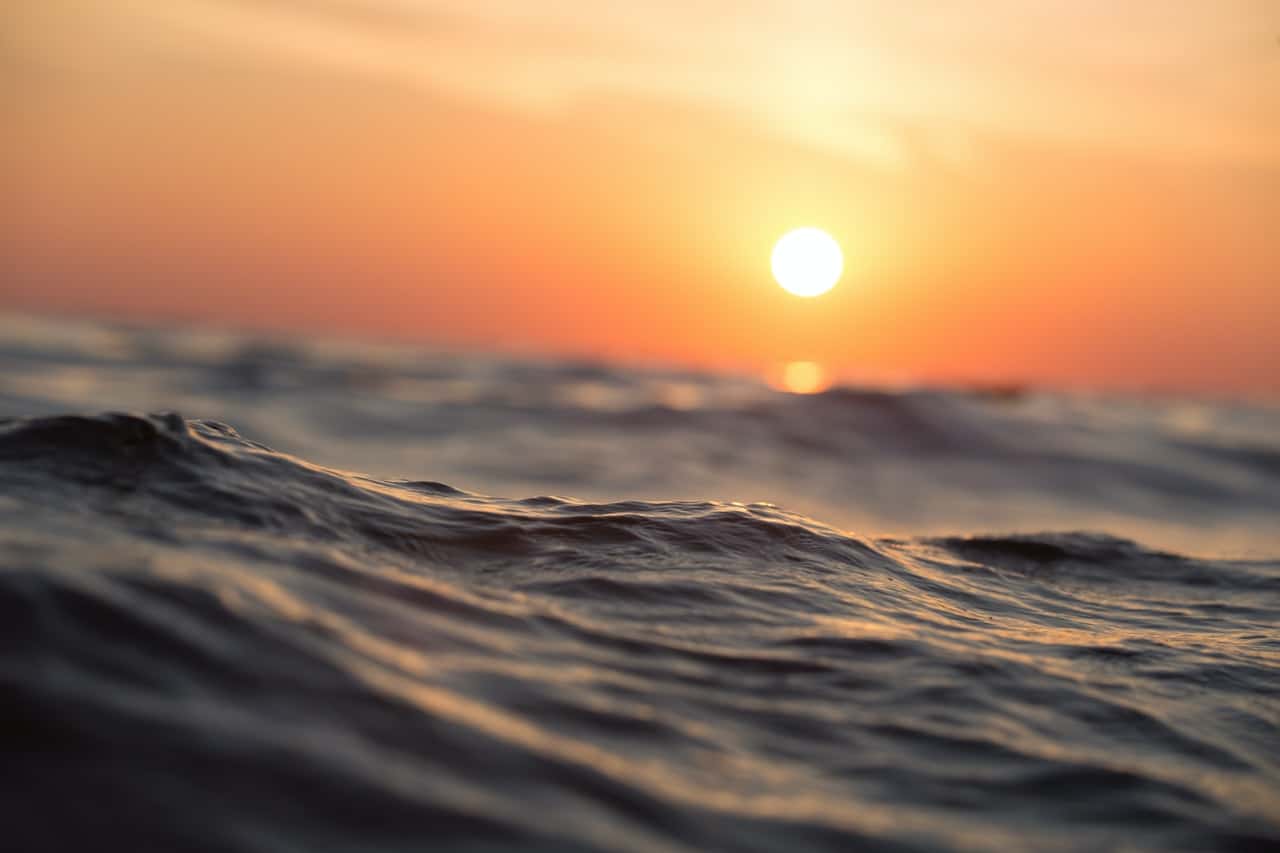
The Arctic Fox is Iceland’s only native mammal.
These foxes typically live in the wild and hunt for small animals for food. The arctic fox diet primarily consists of small birds and other animals such as mice and rabbits.
While an estimated 8,000 Arctic foxes live in Iceland, they have unfortunately been hunted as a sport throughout history. Typically, these foxes do not travel in packs and are considered solitary creatures.
The crime rate in Iceland is considered one of the lowest in the world.
This is often correlated with the country’s high employment rate as well as its high education levels. This means that due to the better living conditions in Iceland compared to other western countries, Icelanders do not feel the need to commit any crimes.
On average, the murder rate in Iceland also ranges from 0 to 1.5 annually. Due to these circumstances, Iceland is considered one of the safest countries in the world to live in.
Sheep’s head is a common Icelandic dish.
Sheep’s head is considered a traditional Icelandic dish that consists of a Sheep’s head cut in half. It is commonly boiled, with its brain removed before being served.
At the time of its conceptualization, this was done to avoid wasting the parts of the animal as it is slaughtered. In turn, this avoids unnecessary waste and provides more food options for Icelanders.
In 2018, Iceland had over 2.8 million tourist visitors.
According to Iceland’s tourist statistics, this is a 5.5% increase compared to previous years, which indicates the growing popularity of the country among foreign visitors. Globally, Iceland is known for its beautiful hot springs and volcanic activity.
Iceland is also considered one of the safest and friendliest places in the world where tourism accounts for 10% of the country’s total economic profits.
Hotdogs in Iceland include lamb meat.
Icelandic hotdogs are considered to be quite different from the typical American variation. Instead of using pork or beef, Icelandic hotdogs make use of lamb meat with a small mixture of beef and pork.
This is mainly due to the abundance of sheep that is found in Iceland, which grants them a large food source. Sheep meat is also more commonly used as Iceland does not allow the act of importing foreign meats and animals into the country.

Iceland is the only country in the world that has a museum dedicated to the male sex organ.
The Icelandic Phallological Museum can be found in the city of Reykjavik in Iceland. This museum is famous for its sole feature of the male sex organ and its parts.
The Icelandic Phallological Museum is also considered to have the largest collection and display of penile parts and penises. The museum carries a collection of over 300 different penises from over 93 different male species found in the world.
Around 30% of Iceland is made up of lava fields.
The Eldraun Lava Field is considered one of the most beautiful moss blankets on the southern coast of Iceland. The moss grows abundantly as a special trait of Iceland’s lava fields.
These lava fields are also said to be around over 9,000 years old and span for about 135 square kilometers long. This great field of moss is caused by several volcanic eruptions that have occurred in the surrounding area for centuries.
Icelanders love their coffee.
As of 2019, Iceland is ranked as the 3rd highest country in the world in terms of coffee consumption per capita. On average, an Icelander will consume about 9 kg of coffee annually.
However, despite their love for caffeine, Iceland has no famous coffee chains in the country such as Starbucks or Costa. Instead, many smaller cafes are established in most corners of the country where Icelanders can enjoy a good cup of joe to start their day.
People from Iceland love eating ice cream.
In Iceland, ice cream is enjoyed throughout the year no matter the weather. For many Icelanders, they consider this cold treat their comfort food and produce a great amount annually due to their reliance on dairy cows for the majority of their ingredients.
Additionally, ice cream is so popular in Iceland that there is even a term for going on an ice cream eating spree. The term is called ísbíltúr, which refers to the act of getting into the car for the sole purpose of getting ice cream.
Iceland has one of the most powerful waterfalls in the world.
The Dettifoss waterfall is considered the most powerful waterfall found in Europe in terms of its volume of water. The waterfall stands at 45 meters tall and spans about 100 meters wide.
Located on the Diamond Circle in Iceland, the average water flow of this waterfall also measures an average of 193 m³/s. This waterfall is also one of the most popular tourist spots in Iceland.
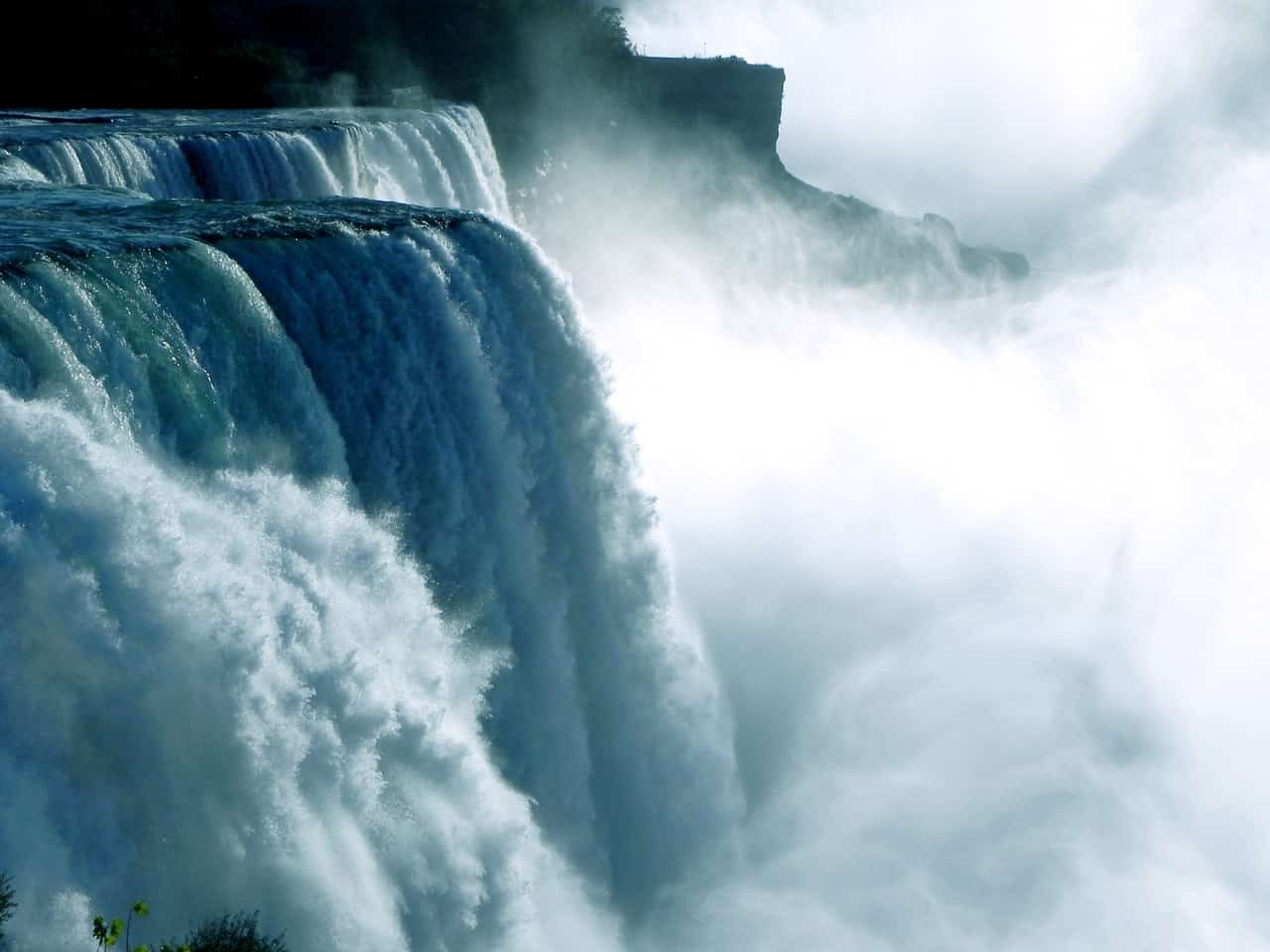
Every 3-4 years, a volcano erupts in Iceland
For thousands of years, Iceland has typically experienced large volcanic eruptions in 3-4 year intervals. The most fatal volcanic eruption to occur in Iceland is recorded to be the fires of Skaftá that occurred from 1783 to 1784.
The eruption occurred in the crater row of Lakagígar which is a part of a larger volcanic system along with the subglacial central volcano, Grímsvötn.
Iceland has never waged any war in its history.
In its entire history, Iceland has no recordings of ever participating in any full-scale wars or invasions. Officially, Iceland also remained neutral throughout the Second World War.
However, Iceland has also been invaded by the British on May 10th of 1940, which the country was forced to fight against in defense.
Iceland consistently ranks as one of the happiest countries in the world.
Many factors influence this ranking, such as the country’s average health status, economic stability, and the quality of its environment. Overall, Iceland is considered to have a high life expectancy and an abundance of available jobs for Icelanders and foreigners.
Iceland also has especially low crime rates, which makes the country one of the safest in the world. Education in Iceland is also accessible and produces one of the highest literacy rates in the world.
There are no railway systems in Iceland.
Iceland does not have any form of a public railway system that is used as a public transport network. This is mainly due to the small population of the country which does not require much transportation services.
Instead, the main form of transportation in Iceland is by car or bus services. Walking and biking to your destination are also common options for Icelanders and tourists.
In the 17th century, Icelanders would also burn witches like many other cultures.
Much like other cultures, Icelanders believe in the power of witchcraft and feared those who were thought to practice it. However, unlike other cultures, Icelandic witchers were more commonly men instead of women.
During the 1300s until 1720, witch hunts were considered quite common and practiced by many social groups as a form of protection for themselves. These witches would often be charged with trials regarding raising the dead and casting spells to cause storms and trouble to others.
Was this page helpful?
Our commitment to delivering trustworthy and engaging content is at the heart of what we do. Each fact on our site is contributed by real users like you, bringing a wealth of diverse insights and information. To ensure the highest standards of accuracy and reliability, our dedicated editors meticulously review each submission. This process guarantees that the facts we share are not only fascinating but also credible. Trust in our commitment to quality and authenticity as you explore and learn with us.
